It was cute, small and “fantastic”, but it was a car he'd never seen before. It was a Renault 5 and although it was unusual to Sprague, it wasn't for Europeans. Between 1972 and 1985 Renault built nearly five-and-a-half million of them, a figure Sprague says is believed to be more than the entire 41-year production of the Mini.
And 15 years after his first meeting with the Renault 5, Sprague finally bought his own model, a 1974 version. Having already been a Renault fan, heavily involved in the Renault club and rallying and owner of a Renault 8 and Renault 16, when Sprague came across the Renault 5 he contemplated buying it.
“I thought if I don't I'll regret it and if I do, I could at least say I'd done it ... so I bought the thing and put a bit of money into it,” he says.
“But like all cars you restore, you spend a lot of money on them that you never recover.”
That first Renault 5 ownership encounter was in 1991. And as he became more familiar with the models, his collection began to grow. Sprague now has a healthy gathering of three Renault 5s although he did sell one last month. A blue 1983 model is among his current collection.
“It's not the most powerful little car,” he says. “It has a 1289cc, four-cylinder engine with 33.6kW and with that little horsepower, every decimal counts. It also has 86Nm of torque.”
Sprague bought his Renault 5 eight years ago and is only the second owner.
“I got it for $1750 with 12 months rego from the day I picked it up. It was a bargain,” he says.
The previous female owner imported the model from South Africa when it was first released. She had travelled more than 230,000km in it over the years.
“It's very enjoyable, a very easy car to drive and there's a lot of glass in it so you don't feel like you're in a small car,” he says.
And while it has a soft and smooth ride thanks to torsion-bar suspension, Sprague says the downside of that is that it's “roly-poly.”
One of the things that attracted Sprague to Renaults was their trend-setting character. The Renault 5 was one of the first cars in the world produced with a plastic bumper bar, something that has become standard on most cars today.
“They kept coming up with things other companies adopted as standard eventually. Keyless entry, too,” he says.
The first generation of the Renault 5 was sold between 1972 and 1984 and came onto the market at the right time after the '73 oil crisis.
“They were a very good looking little motor car, very economical,” he says.
“Their timing was perfect. It was Renault's first attempt at what they call the super mini.”
They were available in Europe in a whole range of engine sizes, from 800cc right up to 1400cc and it was also the basis for the Renault 5 Turbo.
They then brought out the second generation of the car in late 1985 and called it the Super 5. This model went right through to 1996 and was superseded by the Renault Clio. And while they proved to be popular overseas — sold in Europe, South-East Asia, South Africa and North America — they never made it to Australia.
Because of rules at the time, Sprague says Renault would have been forced to charge more than the local Holden of the day, which didn't make it viable for our market.
But over the years, people have privately imported Renault 5s into the country. However, Sprague estimates there would only be about 30 to 40 left today. And that means not many people recognise the cars as Renaults.
“Older people know what they are but younger people don't really recognise them,” he says. “They're rare, unusual in this country.”
And not many have survived overseas, either.
From the 200,000 or so sold in England, he says only 500 remain, mainly due to their poor reputation with rust. Sprague spent $5000 on the paint job and cutting rust out of his blue Renault 5, but acknowledges he probably wouldn't get close to that if he decided to sell it.
“If someone gave me $3000 I'd probably be very happy,” he says.
Sprague is toying with selling one of his Renault 5s, as three can't fit in the garage and he doesn't get many opportunities to drive them all.
And there's also the expense of registering them each year. But the real dilemma is deciding which ones to keep.
“Maybe I should let someone else enjoy one of the cars,” he says. “So do I build a bigger garage, or sell one?”
Snapshot
1983 Renault 5
Value now: $2000 to $3000
Verdict: The small, smooth-riding car was a big hit overseas but never officially went on sale in Australia.





.jpg)







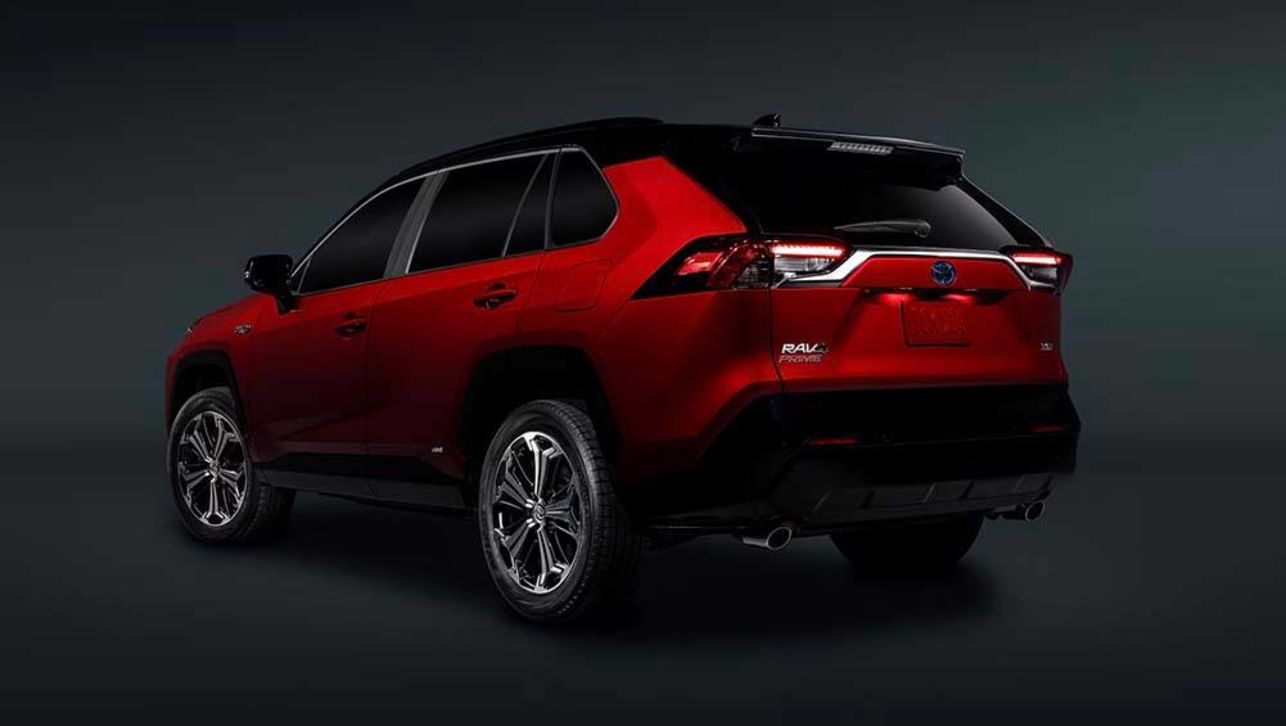
.jpg)
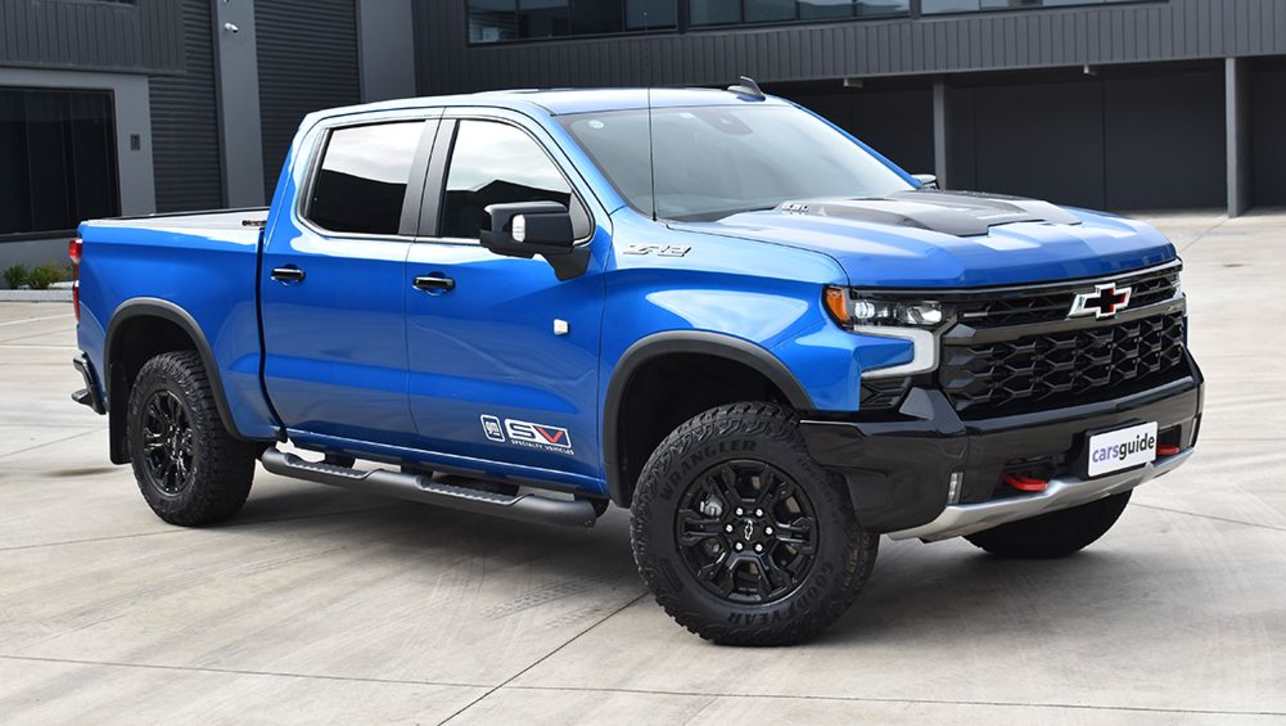
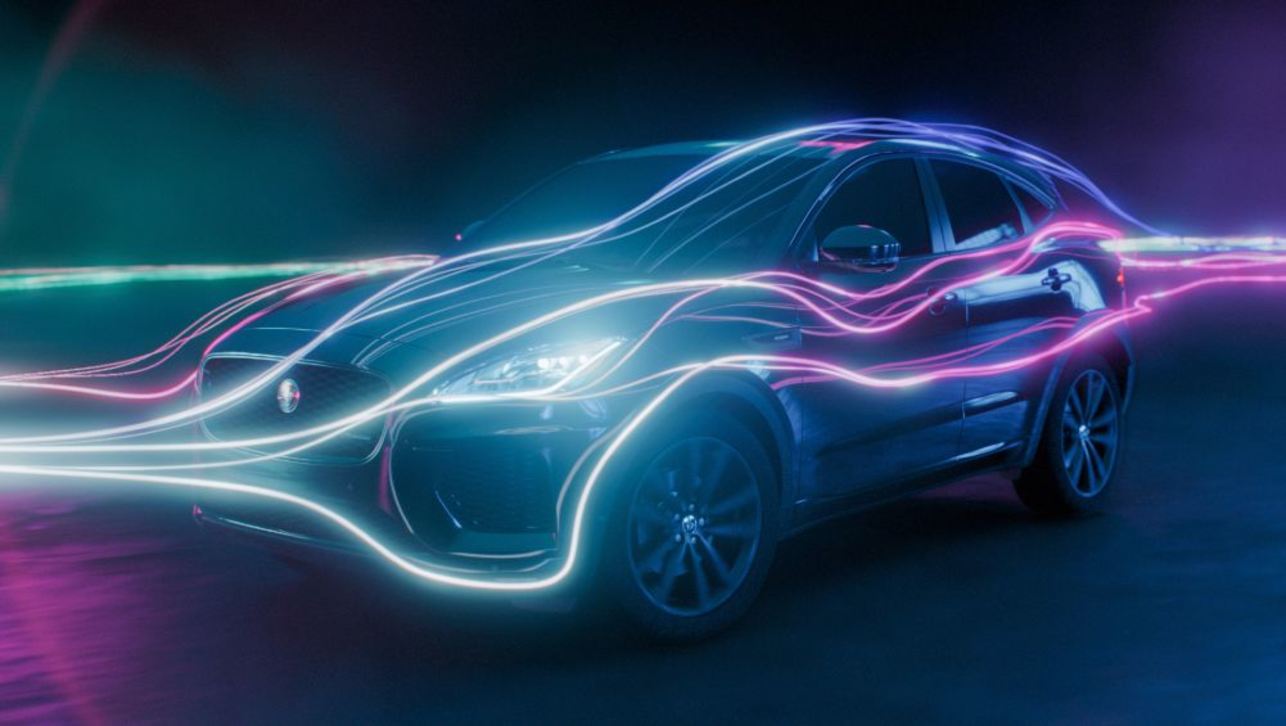
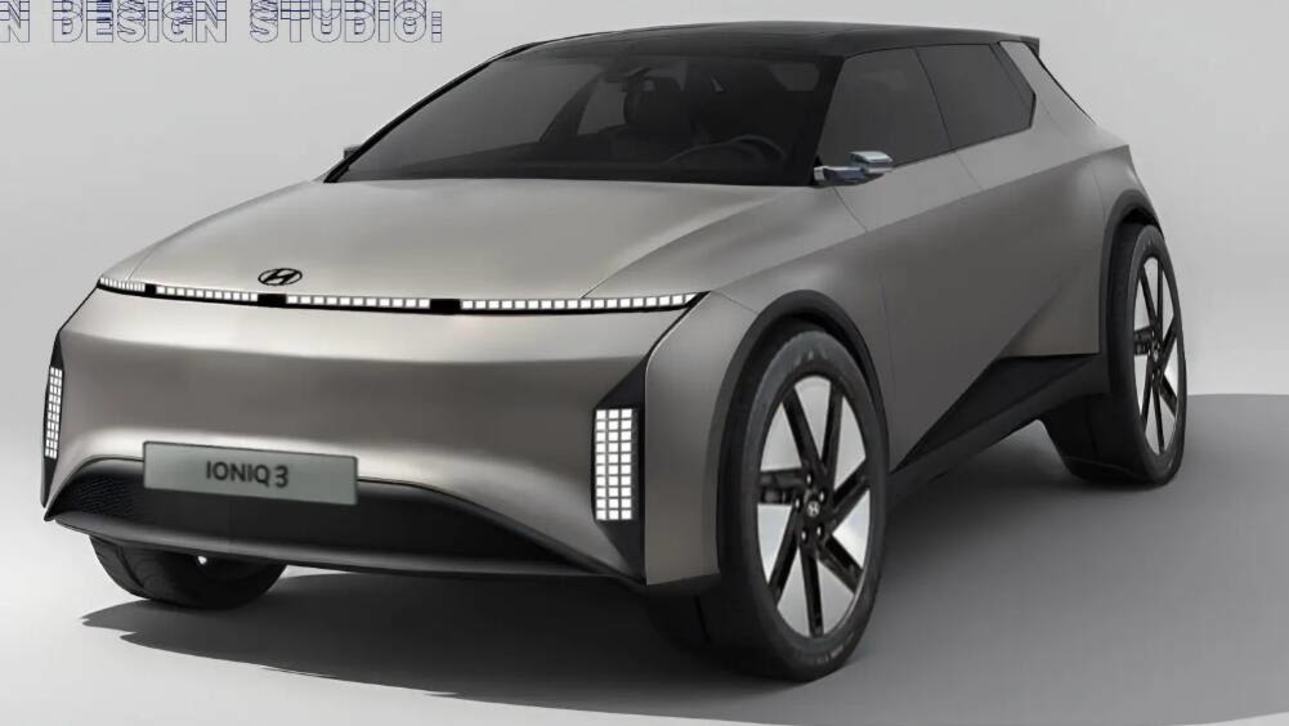

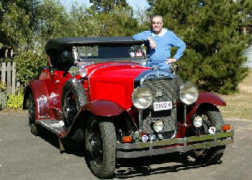
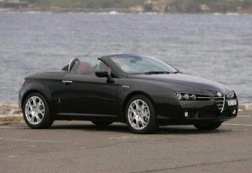
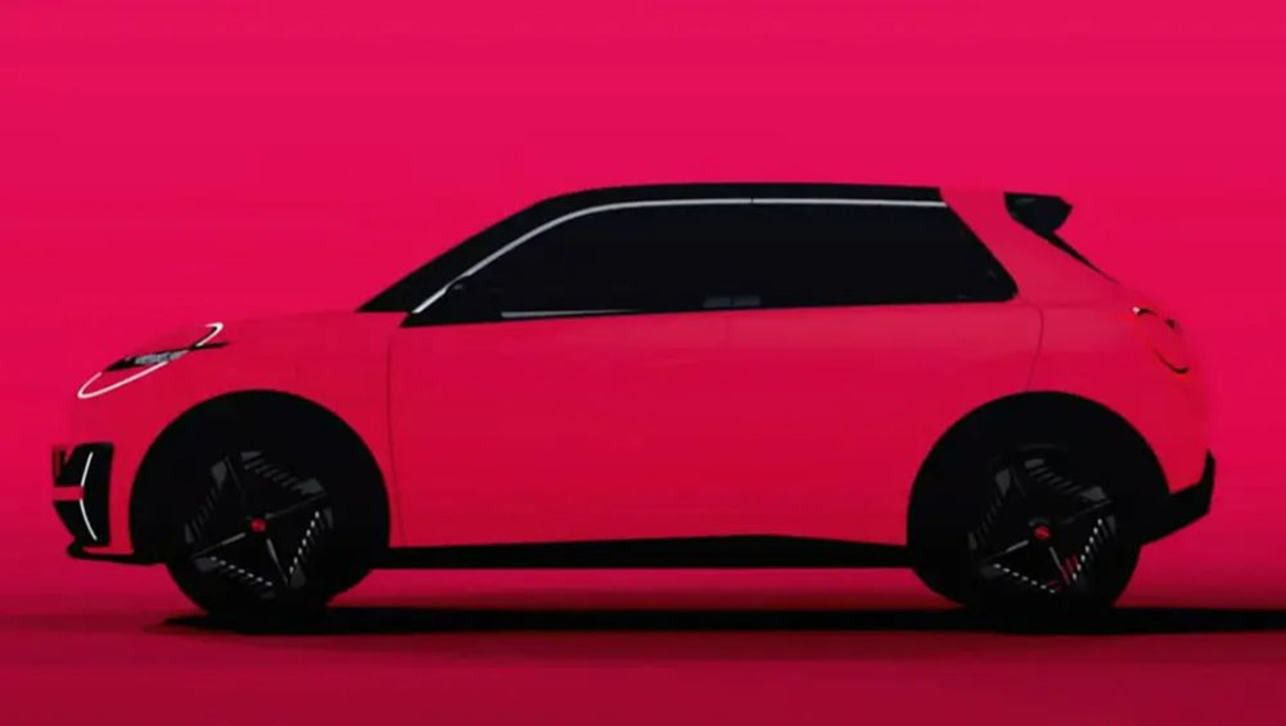
.jpg)
.jpg)
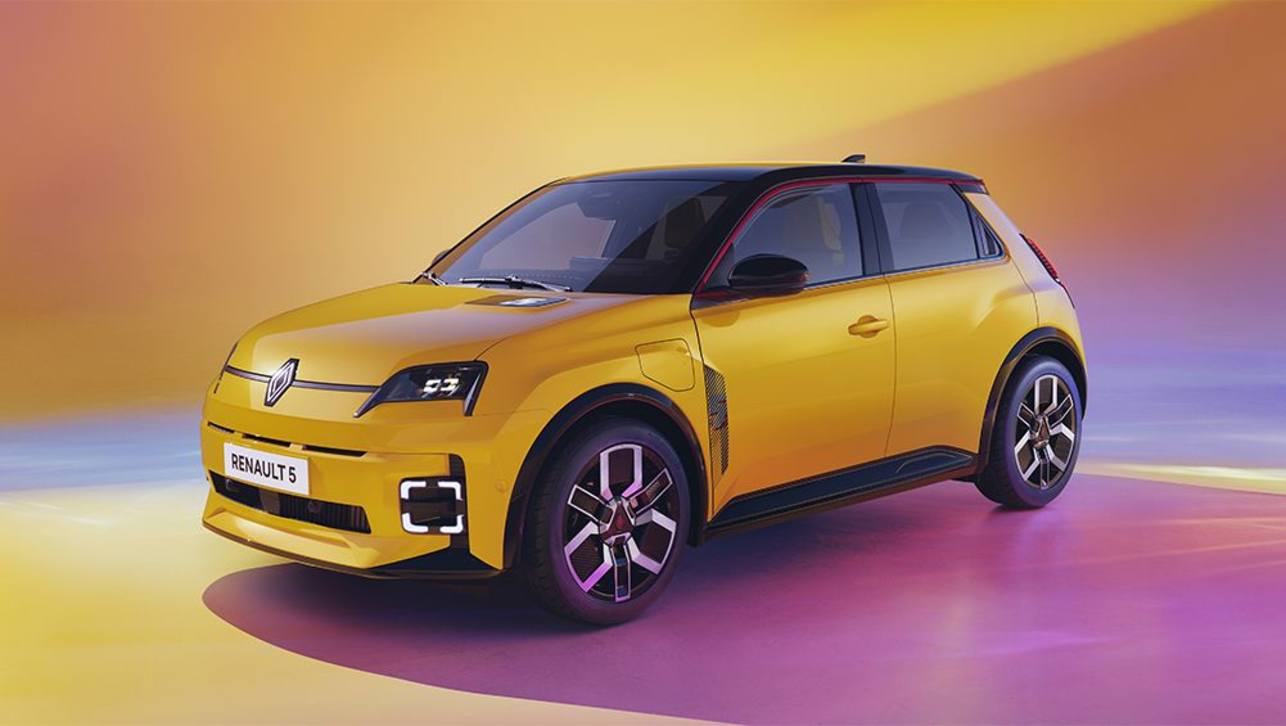


.jpg)
.jpg)
Comments